Resources
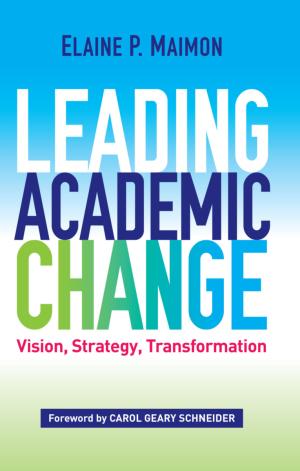
Click Here for Book Review Written by a sitting college president who has presided over transformative change at a state university, this book takes on the big questions and issues of change and change management, what needs to be done and how to do it. Writing in a highly accessible style, the author recommends changes for higher education such as the reallocation of resources to support full-time faculty members in foundation-level courses, navigable pathways from community college to the university, infusion rather than proliferation of courses, and the role of state universities in countering the disappearance of the middle class. The book describes how these changes can be made, as well as why we must make them if our society is to thrive in the twenty-first century.

From the founding of Harvard College in 1636 as a mission for training young clergy to the landmark 1968 Supreme Court decision in Epperson v. Arkansas, which struck down the state's ban on teaching evolution in schools, religion and education in the United States have been inextricably linked. Still today new fights emerge over the rights and limitations of religion in the classroom. The Oxford Handbook of Religion and American Education brings together preeminent scholars from the fields of religion, education, law, and political science to craft a comprehensive survey and assessment of the study of religion and education in the United States. The essays in the first part develop six distinct conceptual lenses through which to view American education, including Privatism, Secularism, Pluralism, Religious Literacy, Religious Liberty, and Democracy. The following four parts expand on these concepts in a diverse range of educational frames: public schools, faith-based K-12 education, higher education, and lifespan faith development. Designed for a diverse and interdisciplinary audience, this addition to the Oxford Handbook series sets for itself a broad goal of understanding the place of religion and education in a modern democracy. (From the Publisher)
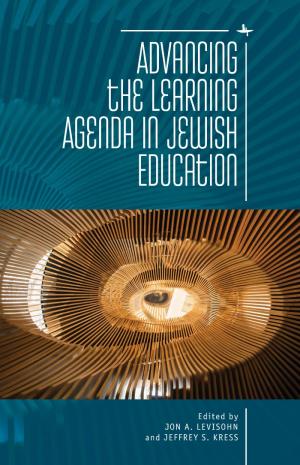
Jewish educational projects and programs are thriving, attracting philanthropic support for exciting and creative approaches in every sector and setting. But underneath that energy, we are not as clear as we ought to be about desired outcomes, the kinds of learning needed to achieve these, and how those kinds of learning actually occur. This volume is the first of its kind to bring together scholars from inside Jewish education and from the learning sciences. It offers a set of critical perspectives on learning, sometimes borrowing models from other domains (such as science) and sometimes examining specific domains within Jewish education (such as havruta learning or the learning of Jewish history). Collectively, these contributions help to advance a smarter, sharper conversation about Jewish learning that matters. (From the Publisher)
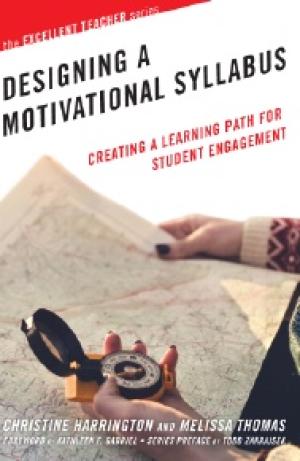
Click Here for Book Review A thoughtfully constructed syllabus can be transformative for your students’ learning, communicating the path they can take to succeed. This book demonstrates how, rather than being a mundane document to convey policies, you can construct your syllabus to be a motivating resource that conveys a clear sense of your course’s learning goals, how students can achieve those goals, and makes evident your teaching philosophy and why you have adopted the teaching strategies you will use, such as discussion or group activities. Developing or revising a syllabus also presents you with a perfect opportunity to review the learning possibilities for the semester. Well-designed, it can help you stay focused on achieving the learning outcomes, as well as determine if the class is on track and whether adjustments to the schedule are needed. The authors show how, by adopting a welcoming tone and clearly stating learning outcomes, your syllabus can engage students by explaining the relevance of your course to their studies, create an all-important positive first impression of you as an instructor, and guide students through the resources you will be using, the assignments ahead, as well as clear guidance on how they will be assessed. Referred to frequently as the course progresses, an effective syllabus will keep students engaged and on task. Christine Harrington and Melissa Thomas lead you through all the elements of a syllabus to help you identify how to present key messages and information about your course, think through the impressions you want to create, and, equally importantly, suggest how you can use layout and elements such as images and charts to make your syllabus visually appealing and easy to navigate. (From the Publisher)
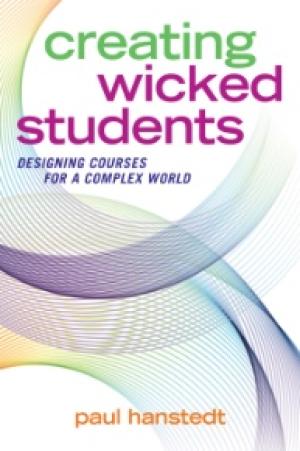
Click Here for Book Review In Creating Wicked Students, Paul Hanstedt argues that courses can and should be designed to present students with what are known as “wicked problems” because the skills of dealing with such knotty problems are what will best prepare them for life after college. As the author puts it, “this book begins with the assumption that what we all want for our students is that they be capable of changing the world….When a student leaves college, we want them to enter the world not as drones participating mindlessly in activities to which they’ve been appointed, but as thinking, deliberative beings who add something to society.” There’s a lot of talk in education these days about “wicked problems”—problems that defy traditional expectations or knowledge, problems that evolve over time: Zika, ISIS, political discourse in the era of social media. To prepare students for such wicked problems, they need to have wicked competencies, the ability to respond easily and on the fly to complex challenges. Unfortunately, a traditional education that focuses on content and skills often fails to achieve this sense of wickedness. Students memorize for the test, prepare for the paper, practice the various algorithms over and over again—but when the parameters or dynamics of the test or the paper or the equation change, students are often at a loss for how to adjust. This is a course design book centered on the idea that the goal in the college classroom—in all classrooms, all the time—is to develop students who are not just loaded with content, but capable of using that content in thoughtful, deliberate ways to make the world a better place. Achieving this goal requires a top-to-bottom reconsideration of courses, including student learning goals, text selection and course structure, day-to-day pedagogies, and assignment and project design. Creating Wicked Students takes readers through each step of the process, providing multiple examples at each stage, while always encouraging instructors to consider concepts and exercises in light of their own courses and students. (From the Publisher)
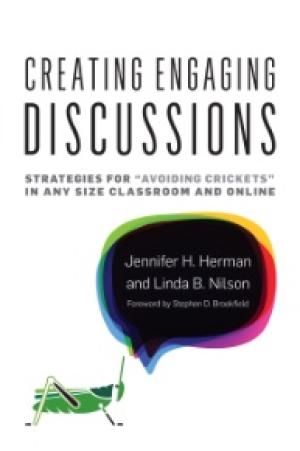
Click Here for Book Review If you have ever been apprehensive about initiating classroom discussion, fearing silences, the domination of a couple of speakers, superficial contributions, or off-topic remarks, this book provides strategies for creating a positive learning experience. Jennifer H. Herman and Linda B. Nilson demonstrate how to create the conditions to facilitate deep and meaningful learning as well as to assess the effectiveness of discussions. They identify, analyze, and solve common problems in both classroom and online discussions and in both small and large classes. They take a direct, practice-oriented approach that, in acknowledging common challenges, provides principles, guidance on design, examples of activities and techniques, and eight detailed case studies. These cases demonstrate successful approaches that faculty across disciplines and from a variety of institutions have adopted in their face-to-face, blended, or online courses at the undergraduate or graduate level. The case authors begin by describing the original pedagogical challenge they faced and explain how they addressed it and assessed the results of their innovation. They also offer practical recommendations to readers who may want to try their strategies. Intended for faculty, this book will be equally valuable for educational developers who can use this resource in their programs and private consultations. At the graduate level, this book can serve as a text or workshop resource in college teaching courses and teaching assistant development programs. The final chapter provides a set of resources and activities – including discussion questions on the case studies, writing prompts, and jigsaw formats – that are equally appropriate for individual study or for use in workshop environments. You’ll never again have to suffer such a profound silence that, as described by a contributor to the book, she could hear the crickets chirping outside. (From the Publisher)
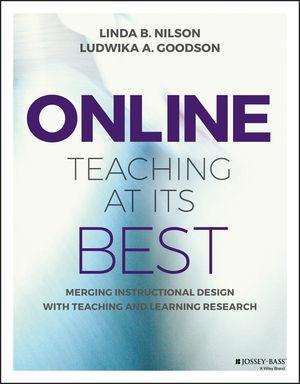
Online Teaching at Its Best: A Merger of Instructional Design with Teaching and Learning Research is the scholarly resource for online learning that faculty, instructional designers, and administrators have long been awaiting. Over 70 percent of degree-granting institutions offer online classes, and while technical resources abound, the courses often fall short of integrating the best practices in online pedagogy, even if they comply with online course design standards. Typically these standards omit the best practices in teaching and learning and the principles from cognitive science, leaving students struggling to keep the pace, understand the material, and fulfill their true potential as learners. This book fills the gap, providing evidence-based practices for online teaching, online course design, and online student motivation integrated with pedagogical and cognitive science to help you build the distance learning courses and programs your students deserve. As more and more students opt for distance learning, it's up to designers and instructors to rethink traditional methods and learn to work more effectively within the online learning environment, and up to administrators to provide the needed leadership. Online Teaching at Its Best provides practical, real-world advice grounded in educational science to help online instructors, instructional designers, and administrators deliver an exceptional learning experience. (From the Publisher)
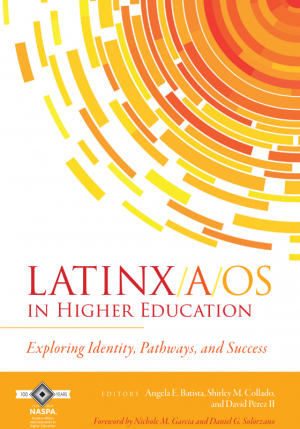
The Latinx/a/o population is the largest and fastest-growing ethnic group in the United States, yet higher education attainment for this community is among the lowest. Latinx/a/os in Higher Education: Exploring Identity, Pathways, and Success addresses topics relevant to the experience of Latinx/a/o students and professionals and illustrates key elements that should be considered in the development of varied pathways to their success.
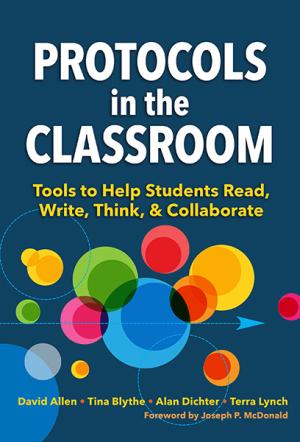
Click Here for Book Review For nearly 2 decades, Looking Together at Student Work and The Power of Protocols have sustained educators in their professional learning. Protocols in the Classroom expands the scope of those books from teachers’ professional learning to include students' learning, providing teachers with the tools they need to use discussion protocols to support students in developing crucial skills and habits as readers, writers, critical thinkers, and active participants within the classroom community. This essential guide provides detailed descriptions of protocols for four critical purposes: -Entering into and engaging with texts of many different types; -Sharing perspectives on questions, issues, or topics; -Giving and receiving important feedback on works in progress; -Exploring one’s own unique learning style. For each protocol the authors provide a clear set of steps, tips for teachers and students in facilitating the protocol, and a story of a teacher using the protocol with students. The book is filled with resources for getting started using protocols with students, as well as for deepening the use of protocols over time. It also relates protocols to other strategies for supporting students’ learning, including Accountable Talk, Thinking Routines, and Socratic seminars. The authors describe how protocols contribute to a schoolwide culture of discussion, inquiry, and reflection. (From the Publisher)
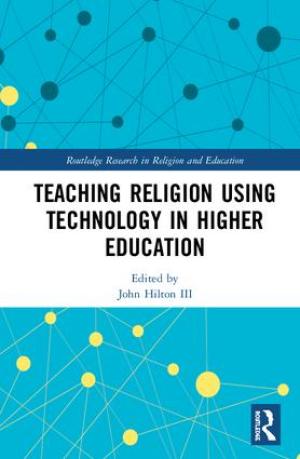
Click Here for Book Review This edited collection helps those teaching religion in higher education utilize technology to increase student learning both inside and outside of the classroom. Recent times have seen major technological shifts that have important implications for how religion is taught at a post-secondary level. Providing multiple perspectives on a range of topics—including social media use and interactive classroom learning —this book presents a series of original case studies and insights on how technology can be used in religion classes in higher education to improve student learning. (From the Publisher)